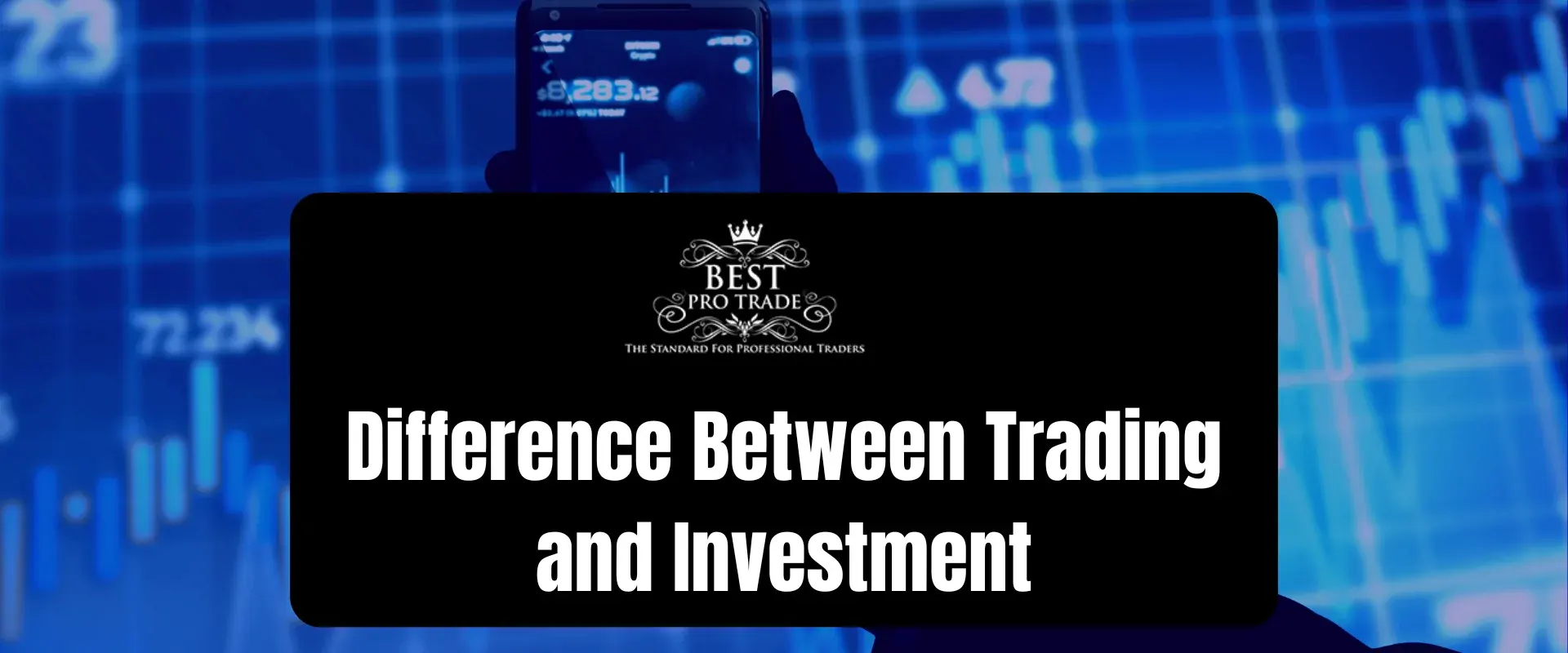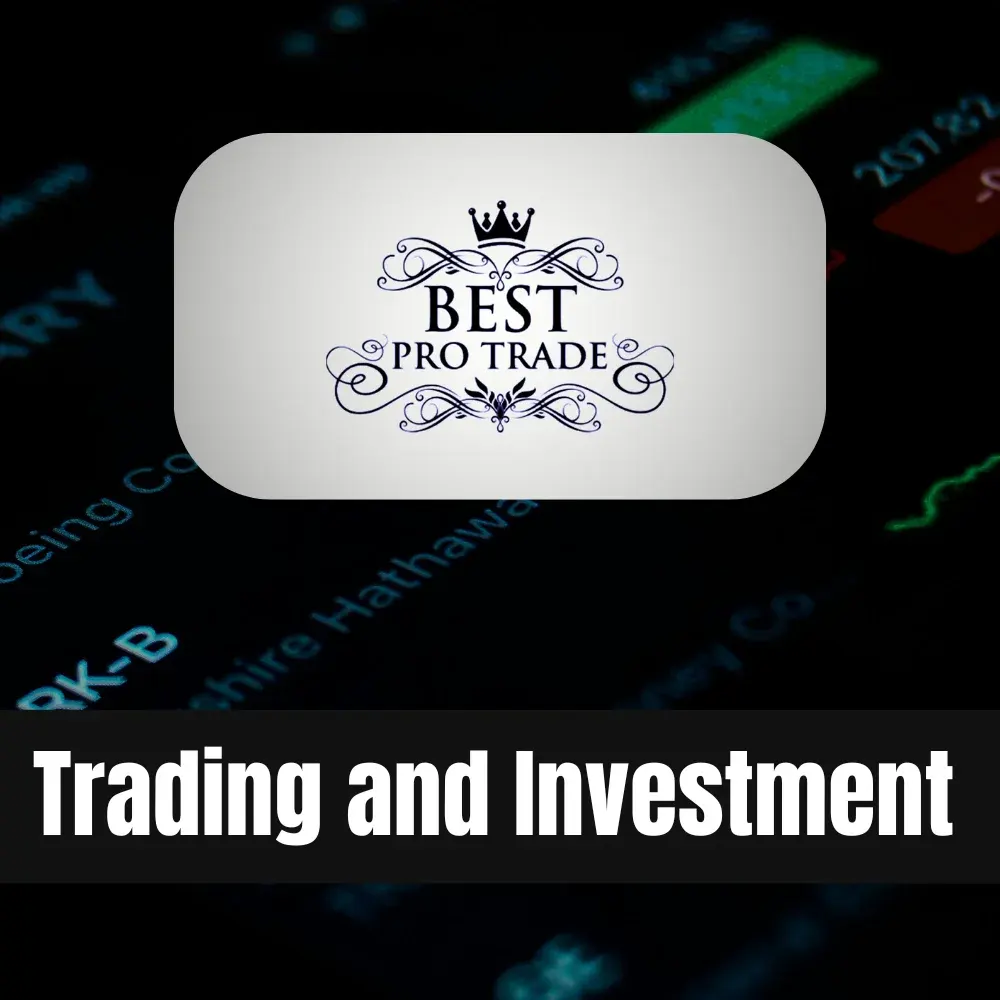Most people who decide to start trading make a lot of money; the amount of money you make as a trader depends on how well you gather needful knowledge, utilize the tools, and, most importantly, interpret what you have got. You need to learn to develop the discipline to apply all you know about creating a winning strategy.
Firstly, the key to developing a profitable trading strategy is understanding how to avoid getting lost in the emotional part of trading. Trading needs to be approached the same way you approach business decisions with intuition.
Secondly, you need to set expectations, explore options, plan, and implement your strategies; assessing your accomplishments is just as significant as they are in business ventures.
When you trade shares, you are actually buying portions (shares) of corporations. As the share value increases, you make money by selling the shares at a more fantastic price. Demand and Supply determine the value of the prices. The higher the demand, the higher the price people are willing to spend.

Difference Between Trading and Investment
In today’s fast-paced financial landscape, it is crucial for individuals to understand the difference between trading and investment is crucial for individuals looking to make informed decisions about their finances. While both trading and investment involve the buying and selling of assets, but they differ significantly in terms of their objectives, time horizon, risk profile, and strategies employed.
Understanding Trading
Trading refers to the act of buying and selling financial instruments such as stocks, currencies, commodities, or derivatives within a relatively short time frame, often ranging from minutes to days. Traders aim to profit from short-term price movements in the market, leveraging various strategies such as technical analysis, chart patterns, and algorithmic trading.
Types of Trading
- Day Trading: Involves buying and selling assets within the same trading day, capitalizing on intraday price fluctuations.
- Swing Trading: Involves holding positions for several days to weeks, aiming to capture larger price swings.
- Position Trading: Involves taking longer-term positions based on fundamental analysis, holding assets for weeks to months.
Key Characteristics of Trading
- Short-Term Focus: Traders are focused on capturing quick profits from market fluctuations.
- Active Management: Constant monitoring of markets and executing trades based on real-time data and analysis.
- Higher Risk: Trading often involves higher levels of risk due to the shorter time horizon and volatility of markets.
- Technical Analysis: Utilizing charts, indicators, and patterns to forecast price movements.
Understanding Investment
On the other hand, investment refers to the process of allocating capital to assets with the expectation of generating returns over a longer time horizon, typically years to decades. Investors adopt a more strategic and passive approach, aiming to build wealth steadily over time through asset appreciation, dividends, and interest.
Types of Investment
- Stock Market Investment: Investing in stocks of companies with strong fundamentals and growth potential.
- Real Estate Investment: Investing in properties for rental income and long-term appreciation.
- Bonds and Fixed-Income Investments: Investing in government or corporate bonds for steady returns.
- Mutual Funds and ETFs: Investing in diversified portfolios managed by professionals.
Key Characteristics of Investment
- Long-Term Perspective: Investors focus on long-term growth and wealth accumulation.
- Diversification: Spreading investments across different asset classes to reduce risk.
- Passive Management: Less frequent trading, allowing investments to grow over time.
- Fundamental Analysis: Assessing the financial health and prospects of companies or assets.
Key Differences
While both trading and investment involve buying and selling assets, the primary differences lie in their:
- Time Horizon: Trading has a short-term focus, while investment is geared towards the long term.
- Risk Profile: Trading tends to be riskier due to market volatility and short-term fluctuations.
- Objectives: Traders aim for quick profits, whereas investors seek long-term wealth creation.
- Strategies: Traders use technical analysis and short-term tactics, while investors rely on fundamental analysis and strategic asset allocation.
Best Pro Trade Difference Between Trading And Investment
Investors buy and hold stocks for an extended time, riding the stocks down and buying more down the road.
Traders keep stocks for a limited period or save them for several months, even as long as a year or more.
The fraction of time a trader spends keeping stocks hinges on the kind of trader you wish to be.
For investors, an aggressive portfolio that consists of eighty percent stocks and twenty percent bonds well-balanced can average twelve percent return in twenty years;
Sometimes in some years, the portfolio would be down, and in other years it will go through stints of high growth.
The opposite, the conservative portfolio with twenty percent invested in stocks and eighty percent in stocks, is likely to provide an annual yield of close to five percent.
Due to low investment in bonds, less aggressive portfolios are mostly used by investors who live off the money, while investors who still have several years before they use their investment money use more aggressive portfolios.
In addition, you should look for the best position to place your money in and then set a goal.
On this blog, we will introduce you to the world of trading and help you cut across trading hurdles.
You will learn about:
- The history and future of trading,
- Instruments of trading.
- Automated trading,
- Algorithmic trading.
- Discretionary trading.
- Robot trading and everything you need to know.
Best Pro Trade Attributes Of A Successful Trader 12TradePro
- To be a successful trader, you have to accept that you will make lots of errors.
- Most importantly, a trader must develop several strategies for times you want to make a trade to enter a position and plan for when you want to exit.
- You must not allow emotions to cloud the decisions you make based on the trading strategy you developed.
- You need to study stock trends, ignoring the emotional attachments you have to stocks. Missing the lowest entry points or highest exit price is not the end of the world; your money is safe, and your trading business is alive and well.
- After that, you need to learn how to ride trends and get off before it turns into a tragedy. Relish the ride but know when to stop so you won’t turn your profit into losses.
12Trade Pro Automated Trading
In futures trading, commodities are the goods in use. This section of the article will teach you about future trading and how it is related to commodities.
Commodities
A commodity is a good sold by producers to consumers who have a use for the commodity financially. You should know that price variations affect the selling and purchasing of a commodity.
Futures Contract
Futures contracts protect the buyers and sellers in a futures market from price fluctuation. It is a legal pact to buy a financial asset in the future. The contract allows for a cash settlement or physical delivery of a commodity.
Future Market Participants.
Hedgers
Hedgers are market participants that invest financially trying to reduce price risk in the future markets.
Speculators
Speculators deduce price risk to make a profit in the market.
Elements of a Futures Contract
Standardization is important in the futures market; the standardized elements are:
- The commodity.
- quantity of the commodity.
- Grade
- The time and location of delivery.
The other elements are variables like the currency in use, price unit, trading hours, etc.
Conclusion
In conclusion, as a trader, you need to learn both the technical and fundamental analyses to succeed in trading. A lot of traders support only technical analysis, but the fundamental analysis is essential as well. The vital part of fundamental analysis is not only understanding how the economy works. It would be best if you also learned to read and understand the financial status of the corporations you want to buy.
Check out our YouTube channel to learn more about our trading systems.

